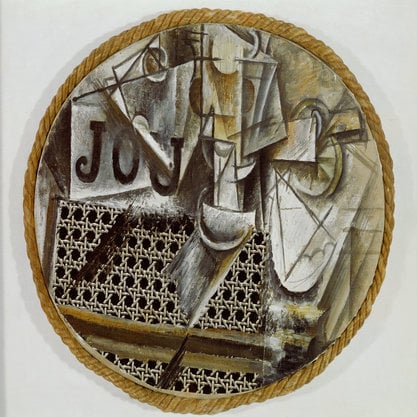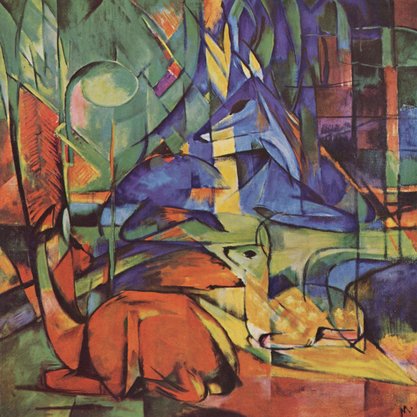Article
Archipenko, Alexander (1887–1964) By Kochman, Adrienne
Article
Alexander Archipenko studied painting and sculpture at the Kiev Art school from 1902 until 1905, when he was expelled for criticizing its conservatism. Outside formal schooling, he was interested in ancient art indigenous to Ukraine—stone sculptures of females known as “babas,” Scythian works, as well as those from Neolithic Trypillian culture being excavated in the region at the time. These would inform his work throughout his career, as would ancient Egyptian, pre-Columbian and Byzantine art. His polychromed sculpture was exhibited in his first show in 1906 in a village outside Kiev. He moved to Moscow that same year, participated in group exhibitions, and saw French avant-garde art first-hand, particularly the first “Zolotoe runo” Salon in spring 1908. Later that year, he moved to Paris, and after two weeks at the Ecole des Beaux-Arts, decided to study independently from direct observation of art works at local museums. Archipenko opened a studio and built relationships with many artists of the cubist circle, particularly brothers Marcel Duchamp and Raymond Duchamp-Villon and Fernand Léger. He first exhibited with them in 1910 at the Salon des Independents XXVI, joining them regularly until their last group show in 1920.


.jpg)


![Die Brücke [The Bridge]](/propagator/data/img-dc/original/image/architecture-hero/City_of_the_Captive_Globe_Fig_x_%5BREMOMA1_converted.jpg)